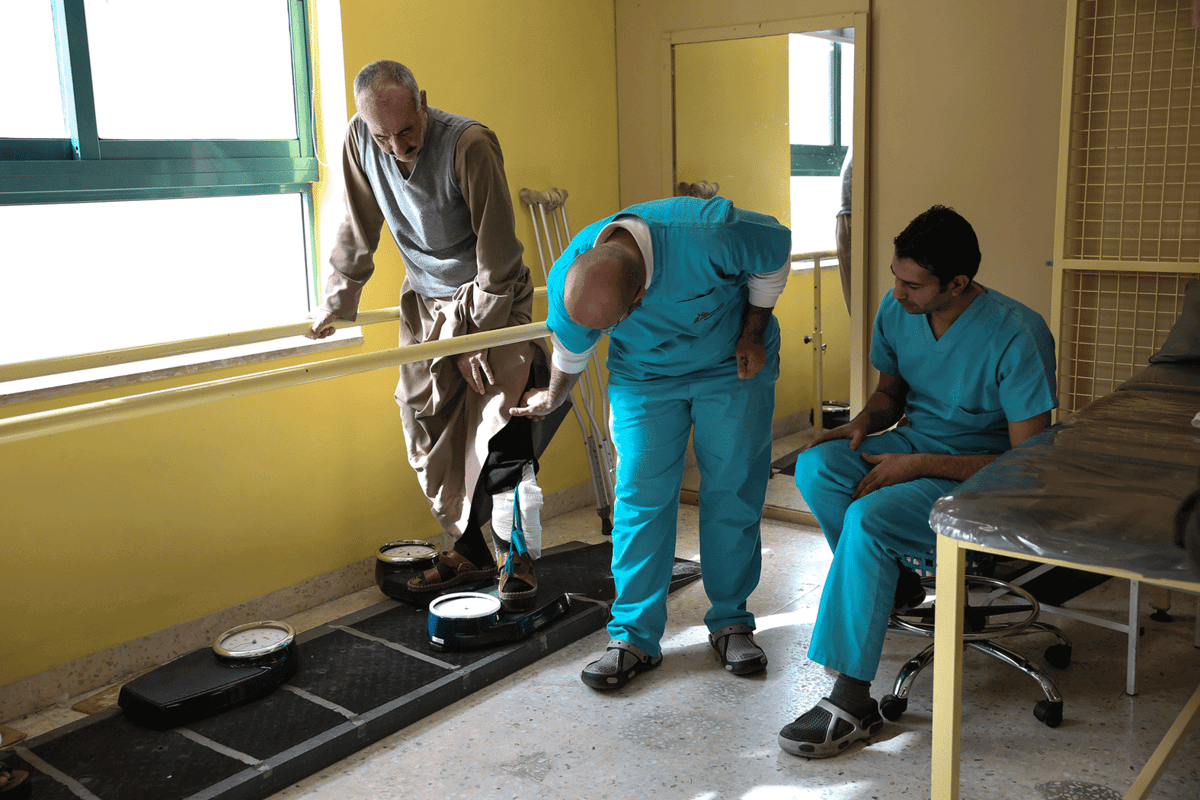The Médecins Sans Frontières facility in Amman is using 3D printing technology to produce prosthetic ears and eyes for war-wounded patients.
There are many benefits that 3D printing brings to the medical industry, from surgical guides to prosthetic devices. Primary advantages of this technology include accessibility and affordability, which is especially vital for hospitals in difficult-to-reach areas.
3D printing has become particularly useful for the healthcare organization Médecins Sans Frontières (MSF) — also known as Doctors Without Borders. Recognized for providing medical aid to countries under conflict, the MSF is a critical beacon of hope in the Middle East.
Their facility in Amman, the capital of Jordan, plans to use 3D printing to help war-wounded individuals. According to VICE magazine, the MSF facility in Jordan recently installed a 3D printer to start creating prostheses. They claim to be using the printer to produce custom-made prosthetics for eyes and ears.
Not only is it cost effective to 3D print an assistive device, they can also be custom-fit to individual patients.
Médecins Sans Frontières = Printing Without Borders
The MSF hospital has conducted around 10,000 operations on over 4,500 patients, from joint replacements to artificial skin implants. Many of these injured people come from neighboring regions with conflict, such as Syria, Yemen, Iraq, and Palestine.
Doctors Without Borders works diligently to provide services to these countries, but Jordan remains one of the last stable regions. In addition to being one of the only reconstructive surgery hospitals in the area, it’s also the first MSF facility to own their own school.
It might seem outlandish to some, but both ear and eye prostheses have surfaced through 3D printing technology. UK and US researchers recently made major strides with using stem cells to created 3D printed ears. On top of that, 3D printed eyes have long been a topic of discussion in the medical field. It’s unclear which 3D printer the Amman facility will utilize, but it’s possible that prosthetic limbs could be made too.
Last year, Doctors Without Borders struck up a partnership with Pyxis to create a digital model of a Philippines hospital. They built a replica of the hospital with 3D printing, together with a virtual world the staff could explore. But the most recent example from the Jordan MSF showcases their 3D printing capabilities at a whole new level.
Needless to say, whether it’s for hospital design or creating prosthetic devices, there’s no denying that 3D printing is emerging as a revolutionary medical tool.

License: The text of "Médecins Sans Frontières to 3D Print Prostheses in Jordan" by All3DP is licensed under a Creative Commons Attribution 4.0 International License.